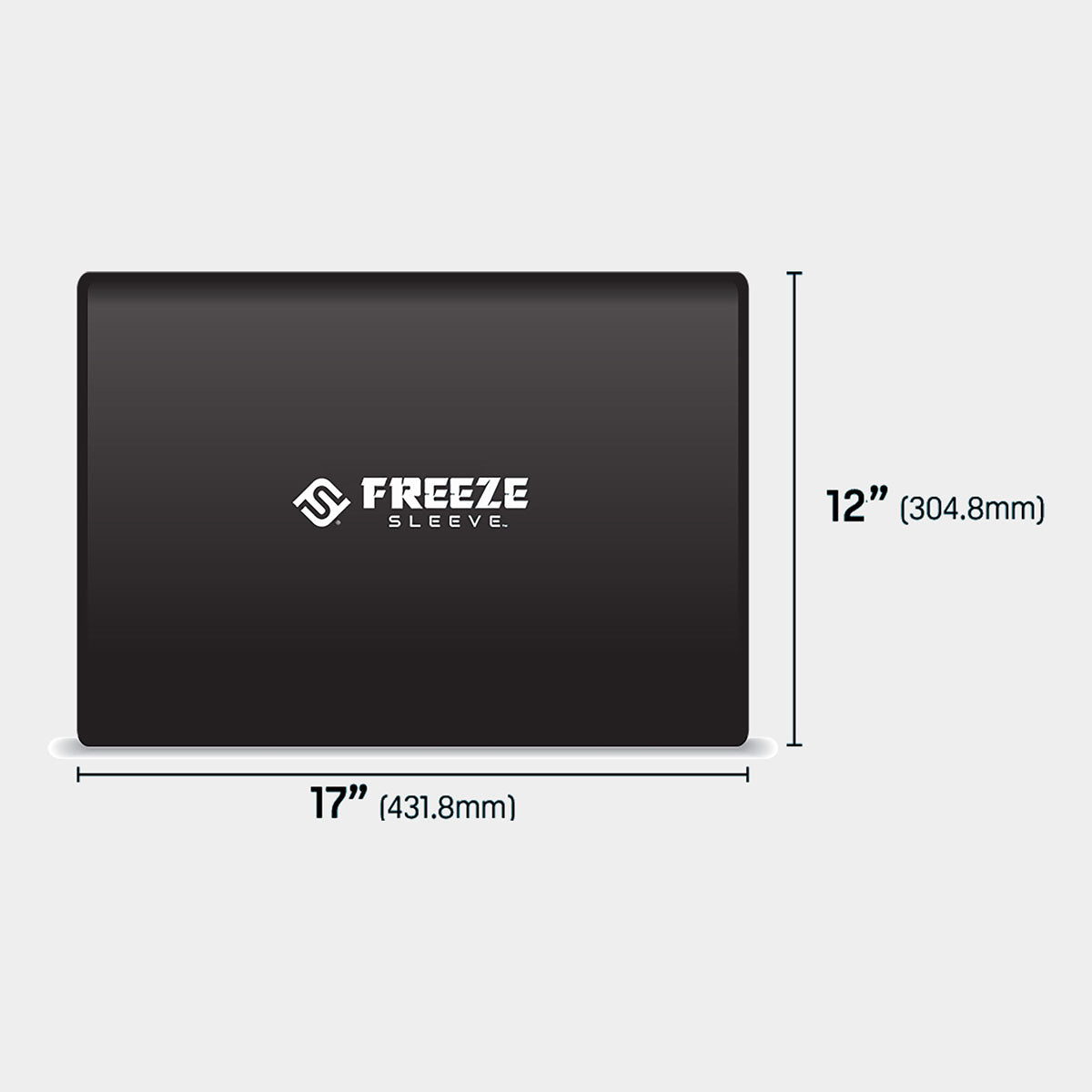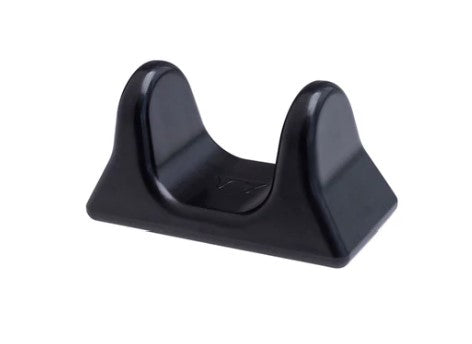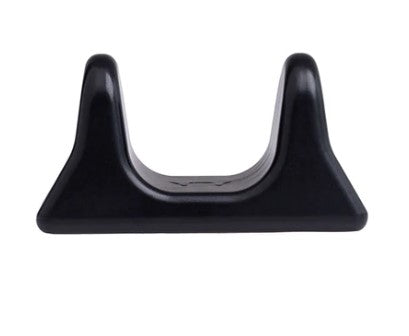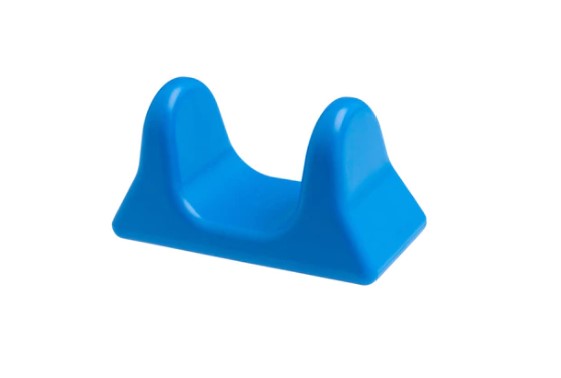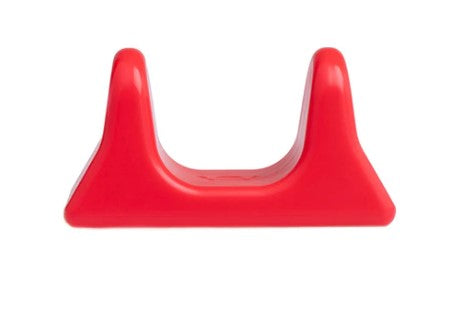
Please note this article does discuss, in small part, injury and rehabilitation. The author is not a physician and any intense resistance training program, particularly post-injury should be discussed with a physician and/or a qualified and knowledgable athletic trainer.
Grandpa
“I’d really like to punch that guy in the nose,” my grandfather said as he negotiated the unforgiving turn behind the wheel of his boat-like Oldsmobile F-85. It’s got a Rocket 350, Grandpa was fond of saying. The gentleman he wanted to punch, obviously a man with important places to be, had just carelessly cut us off and was now well-ahead in his polished vehicle. My grandfather was seventy-five years old at the time. He was never an affable automobile passenger, constantly flinching and pumping an imaginary break whenever he was forced to ride shotgun. “Grandpa, you’re seventy-five-years-old,” I said. I was fifteen at the time, with a whopping max bench of 275, no abs to speak of, and not much body fat. “Do you think a fistfight would be a good idea at your age?” “I still have fast hands,” he said, glancing over at me. I knew he was dead serious. Really? I still don’t think that is a good idea. Now that I’m older, I understand. The mind is reluctant to accept the things the body can no longer achieve. I’ll provide you with another case of this. I was watching a UFC event with my younger son a week ago and one of the fighters appeared to be carrying a lot of extra bodyweight. "You know what's scary?" I asked him. "You weigh more than that fat guy," he responded. “Correct.” We both smiled and he laughed. “You know what is even more concerning?” I asked. "What?" "I know it’s ridiculous, but a big part of me — a really BIG part of me — feels as though I could kick that guys butt." "You probably could if you trained specifically for the fight,” he said, and smiled again. I have such a good son.The Great Race
In 2009 I sustained what I feel was my worst sports injury, at 39 years old. The irony was that after five years of football, baseball, and track, aside from some banged-up shoulders, I emerged relatively unscathed and my worst injury was about to occur on a Little League Baseball Field.
I'd been teasing my oldest son with regard to his lack of speed around the base path. I told him he was so slow out of the batters box that it was staggering and that I could beat him in a race. One day, following one of his baseball practices, I decided to prove it. After the rest of his teammates cleared-out and went home we lined up behind home plate to settle my claim; the pitcher still in his cleats from practice and me, donned in an old pair of L.L.Bean rubber Storm Chasers. The plan was to sprint directly to second base — not running around the base path, but taking a straight-shot to second, directly down the center of the infield and over the pitcher's mound. We got into position after a little pre-game stare down. “Ready — go!" I think the little cheater may have jumped the gun, but it didn’t matter. I had no intention of losing this race. It was neck and neck for the first 30 feet prior to the pitchers mound and then this two hundred seventy-five pounder decided to turn on the afterburners — and I did. As I hurdled the pitching rubber I turned into Rocky Balboa, sprinting ahead of Apollo Creed on the beach in Rocky III. I won the race and didn’t even require oxygen; I was huffing and puffing, but didn’t need to have my hand on the cell phone ready to dial 911. My son looked at me in disbelief over what had just transpired. Perhaps I wounded his pride. “I want a rematch,” he said. To his credit, he thought he had another gear, too — and he probably did.
RECENT: Grip, Masochism, and Asphalt: Training During Travel Season
I agreed. We would run back to home plate. The only problem was, I failed to complete the second race.
DID NOT FINISH — DNF
During the second race, I felt great at the start. I was going to dust him up again and ignite a fire in my little guy — a fire to train, to get better, to get faster, to get more explosive. I was starting to accelerate as we were just shy of crossing the pitcher’s mound for the second time when it happened. Two shotgun blasts to both my hamstrings is the best way to describe what I felt as they both popped at the same time. BOOM. I did a running face-plant into the dirt. The pitcher turned and came running back. I think he thought I died, perhaps of a heart attack or something similar. I was on the ground writhing in pain, but somehow laughing instead of crying. It hurt like hell, but I was well-aware of the irony of the situation, especially in light of all of my smack talk. “Are you okay?” He asked. “I don’t know,” I said. “Do you need to go to the hospital?” “I don’t know,” I said, realizing I was not only injured, but covered in road rash from the fall.
“Go to the car and get my cell phone,” I said. “I need to call mommy.” As I write this, I think about how things have changed over the years in terms of my relationship with the cell phone, the so-called smart phone. Now I’m such an addict, the stupid plastic box is never out of my reach. I called my spouse and told her I wasn’t sure I was going to be able to get back to the car and even if I was able to get there, I wasn’t sure I was going to be able to safely drive home. Ultimately I did make it back to the car and I survived with two pulled hamstrings. They were both black and blue and I walked like Frankenstein for the next two weeks, but I learned a valuable lesson. It’s unwise to go from never sprinting to a 100% full sprint without any ramp-up in training. I literally can’t remember the last time I ran at maximum effort prior to that race and I forgot how physically taxing a max sprint is on the body—how explosively the body’s musculature is required to move during the sprint—yet my mind never doubted I could do it. I’d done it dozens of times in the past.
Muscle Has Memory
“Muscle has memory” is a phrase I’ve frequently tossed-around over the years. There is evidence that strength training affects long-lasting, if not permanent, structural changes in the muscle. Muscle cells are large and are multinuclear (i.e., they contain many nuclei). As you overload with resistance training, new nuclei are added to the muscle cells, which in turn allows them to grow larger in size. The number of nuclei within the muscle fibers is one of the most important conditions that regulates muscle size. [1] While detraining results in smaller, weaker muscles, the new nuclei added during the training period are retained for several months of inactivity. In addition, there’s evidence these new nuclei are never lost. [1] These permanent physiological changes in muscle fibers are no doubt beneficial; I would not trade this phenomenon for the world, but at the same time, when returning to intense training after a long layoff or injury, it can be psychologically challenging to allow yourself to ease back into it.RELATED: Training Around an Injury: Weak Point Troubleshooting
The mind vividly recalls the higher levels of performance that used to be commonplace in training and the ego desires to be immediately back at that level, so you push it and BOOM — injury. We all have that friend who is constantly nicked-up (heck, for some of you, I may be that guy). He strains a pec or a quad and the moment he starts to feel the least bit better, he’s immediately back under heavy weight, only to have another setback. Whether you’ve been away from training or competition due to something life has thrown your way or due to injury, it’s generally better to ease back into intense training.
Injury
The process of returning to intense training and/or competition following an injury involves a myriad of phases. The first is the healing of the injured tissues, preparation of the tissue for a return to function and use of property technique to maximize rehabilitation and reconditioning. [2]
I’d ask you to look to more comprehensive research for a full discussion of rehabilitation and reconditions, but I’ll briefly mention some exercise strategies during each phase. Inflammation Phase — If you’re an avid athlete or trainee you probably are well acquainted with inflammation. The key exercise strategy when experiencing inflammation is rest. The athlete's primary goal should be to protect the damaged tissues from additional injury. [2] Repair Phase — During this phase the body begins to repair the damaged tissue with similar tissue, but the resiliency and strength of the new tissue is low. Resumption of exercise during this phase of recovery should be done in concert with consulting a physician or knowledgeable athletic trainer. Some recommended exercises include submaximal isometrics and protected motion submaximal resistance, preferably with a very controlled repetition cadence. [2] During the repair phase I’ve experienced an expedited healing effect through the utilization of ultrahigh controlled repetitions with very light resistance, which helps by flushing the damaged tissues with blood. Remodeling Phase — The body begins to strengthen the new tissue. The selected rehabilitation and reconditioning exercises should be functional to facilitate a return to competition and/or to more intense training modalities. Resistance training, plyometrics, and speed training can be resumed in moderation. [2] Note: Depending on the degree of injury, it may take six weeks or more to achieve a total healing of the damaged tissues.
Conclusion
When returning to training after a long layoff or injury it is often prudent to proceed with caution. Though keeping the ego in check may be challenging in the near term, given the significant risk of injury or re-injury, the benefits of slowly building-back baseline levels of strength in a diligent fashion, will ultimately increase the training effect versus a haphazard approach of throwing caution to the wind and immediately jumping to higher intensities with maximal weights.References
1. Matthews, Michael. “Muscle Memory” Is Real and Here’s How It Works." Muscle For Life Muscle Memory Is Real and Heres How It Works Comments. Web. 17 Oct. 2015.















































